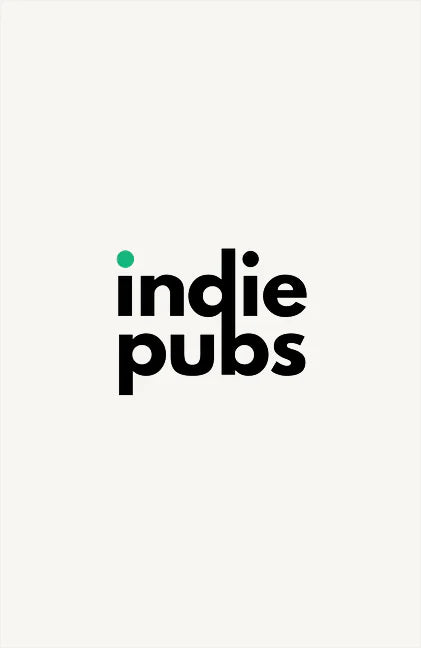We're sorry. An error has occurred
Please cancel or retry.
Practical Management of Artificial Optical Radiation in the Medical Sector
This publication has been written as a practical guide for implementation of the Control of Artificial Optical Radiation at Work Regulations (commonly abbreviated to AOR10) which came into effect to execute the European Artificial Optical Radiation Directive. Its aim is to explain the impact of the regulation to enable employers in the medical sector to manage risks relating to occupational exposure to optical radiation sources and to assist all those with hazard and risk assessment responsibilities. It includes details on the engineering controls, administrative controls and personal protective equipment (PPE) necessary for the employer to determine any required controls that need to be in place where artificial optical radiation is used in the medical sector. It also includes specific advice for sources of Ultraviolet optical radiation commonly encountered in the medical sector. The editors believe that this publication is required to ensure that the employer has all the necessary controls in place to comply with noted regulations to ensure that all employees are protected from the harmful effects of exposure to artificial optical radiation in the medical sector.
KEY FEATURES:
- A guide to ensure the protection of workers from the hazardous effects of artificial optical radiation
- Requirement for administrative controls including examples
- Principles of measurement of optical radiation and practical advice on techniques
- Ultraviolet sources in the healthcare sector and their hazardous assessment
- Worked examples for sources of a previously unknown hazard
- Supplementary information on beneficial and harmful effects of light
- Full review (2021) of the text to ensure up to date references and knowledge

MEDICAL / Radiology, Radiotherapy & Nuclear Medicine, Medical specialties, branches of medicine

1.Introduction
1.1 What should employers already be doing?
1.2 Who will actually do this?
2. Requirements of the Control of Artificial Optical Radiation at Work Regulations 2020
(AOR10)
2.3 Manufacture and Supply
2.4 Use of Equipment
2.5 Specific Regulations
2.6 Risk Assessment
2.7 Minimising the Risks
2.8 Medical Surveillance
2.9 Standards
3.The Management of Optical Radiation Hazards
3.1 The Requirement for Risk Assessment
3.2 Identification and Assessment of Artificial Optical Radiation Hazards in the Healthcare
Environment.
3.3 Method of Identifying Hazardous Sources
3.4 Safety Classification
3.5 Risk Assessment
3.6 Control Measures
3.7 Engineering Controls
3.8 Access Prevention and Control
3.8.1 Controlled Area
3.8.2 Safety Signs and Notes
3.8.3 Interlocks
3.9 Personal Protection Equipment (PPE) 3.9.1 Eye Protection
3.9.2 Skin Protection
3.10 Administrative Control Measures
3.11 Safety Management
3.12 AOR Safety Policy
3.13 Appointments
3.13.1 Optical Protection Supervisor/Laser Protection Supervisor
3.14 Local Rules
3.15 Audit and Assessment of Control Measures
3.16 Training
3.17 Health Surveillance
3.18 Incident Reporting and Investigation. Actions if an Exposure Limit is Exceeded
4. Trivial Sources
5. Hazard Assessment – Measurement of AOR
5.1 Measurement of Laser Radiation
5.2 Measurement of Non-Coherent Optical Radiation
5.3 Measurement Equipment Selection
5.4 Calibration of Instruments
5.5 Measurement Problems
6. Worked Examples: Ultraviolet Phototherapy Sources
6.1 Introduction to UV Phototherapy Sources
6.2 Hazard Calculations
6.2.1 Method 1 – Spectroadiometric Measurement
6.2.2 Method 2 – The Use of Radiometer Measurements for Hazard Assessment
6.3 The Use of Hazard Ratios to Identify the More Restrictive Limit
6.4 Practical Measurement Advice
6.4.1 General Approach
6.4.2 Output Variation with Time
5.4.3 Measurement Position - Skin
6.4.4 Measurement Position – Eye
6.5 The Use of Reflectivity Reference Data
6.5.1 Measurement of Reflections from Surfaces
6.5.2 Measurement of Transmission
6.6 Hazard Assessment of UV Phototherapy Equipment
6.6.1 Handheld MED Test Equipment
6.6.2 Hand-Foot Treatment Units
6.6.3 Whole Body Cabinets
6.7 Overview of Control Measures in UV Phototherapy
6.7.1 Engineered Controls
6.7.2 Procedural (Administrative) Controls
6.7.3 Personal Protective Equipment
6.7.4 Exposure to Photosensitisers
7. Worked Examples: A Range of Light Sources
7.1 Aphakia
7.2 Lasers Used in Healthcare
7.3 Broadband Optical Sources
7.3.1 Intense Pulsed Light Source (IPL)
7.3.2 Blue Light Neonatal Phototherapy Sources
7.3.4 UV Transilluminator
7.3.5 Red LED Array
7.3.6 Near UV Light Source – Linear Accelerator Treatment Machine Head
7.3.7 Dental Curing Light
7.3.8 UVC Whole Room Disinfection Device
7.3.9 UVA Inspection Cabinet Appendix A- Glossary (Including Quantities and Units)
Appendix B – Beneficial and Harmful Effects of Exposure to Light
Appendix C – Management Documents
Appendix D – Waveband Classification




